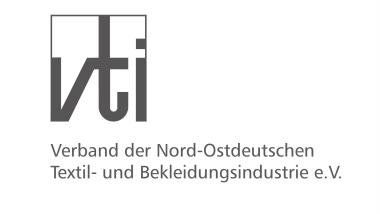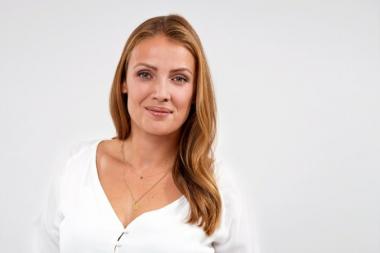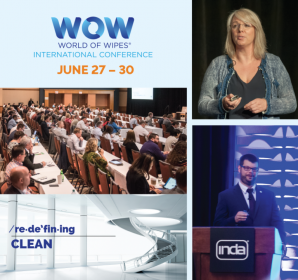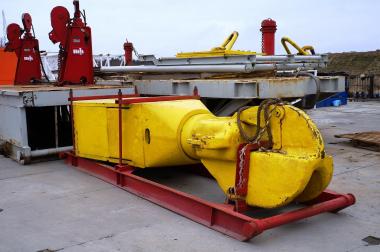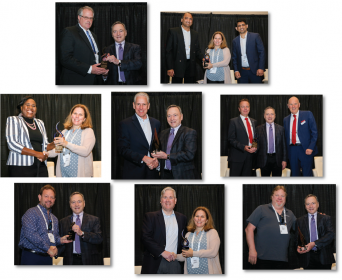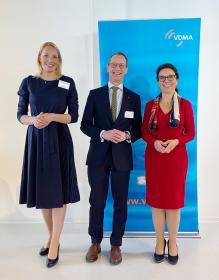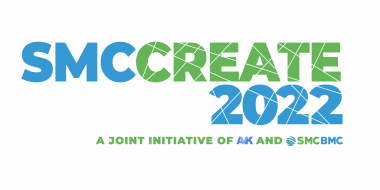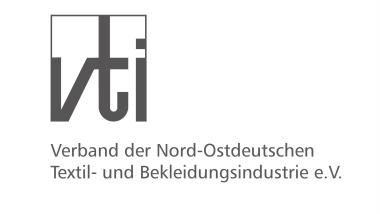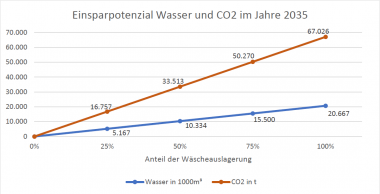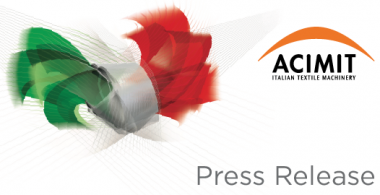Tarifabschluss 2022 für die Nord-Ostdeutsche Textil- und Bekleidungsindustrie
Nach zwei ergebnislosen Treffen konnte am 5. Mai 2022 in der dritten Verhandlungsrunde zwischen den Tarifparteien eine Einigung erzielt werden. Nach einer schwierigen 17-stündigen Verhandlung steht der Tarifabschluss fest. Demnach erhalten die Beschäftigten der Textilindustrie in Brandenburg, Berlin-Ost, Mecklenburg-Vorpommern, Sachsen, Sachsen-Anhalt und Thüringen über eine Laufzeit von 25 Monaten in zwei Schritten zusammen 5,6 Prozent mehr Entgelt. Neben einer Entgelterhöhung um 4,1 Prozent ab dem 1. Oktober 2022 wird diese um weitere 1,5 Prozent ab dem 1. Oktober 2023 gesteigert. Außerdem erhalten die Beschäftigten zum Mai 2022 eine Einmalzahlung von 200,00 EUR brutto und zum August 2022 nochmals 120,00 EUR. Die Höhe der Einmalzahlungen wird für Teilzeitkräfte entsprechend ihrer Arbeitszeit angeglichen.
Ab dem 1. August 2022 erhöhen sich auch die Vergütungen für alle Auszubildenden auf 855,00 EUR im ersten Ausbildungsjahr gestaffelt auf bis zu 1.020,00 EUR im vierten Lehrjahr. Im folgenden Jahr ab dem 1. August 2023 gibt es dann im ersten Jahr der Ausbildung 880,00 EUR und wiederum gestaffelt im vierten Ausbildungsjahr 1.045,00 EUR. Für die Beschäftigten wird das Urlaubsgeld ab diesem Jahr auf 690,00 EUR und ab 2023 auf 720,00 EUR steigen. Alle Auszubildenden erhalten die Hälfte des zusätzlichen Urlaubsgeldes.
Des Weiteren einigten sich die Tarifvertragsparteien darauf, dass die Jahressonderzahlungen ab dem Jahr 2023 in Höhe von 75 Prozent des durchschnittlichen Monatsbruttoverdienstes bzw. der monatlichen Ausbildungsvergütung gezahlt werden. Darüber hinaus werden die Regelungen der Altersteilzeit vom 30. April 2019 für alle Beschäftigten fortgeführt und enden dann zum 31. Mai 2024.
Der Entgelttarifvertrag und die Tarifverträge zur Ausbildungsvergütung sowie zu den Jahressonderzahlungen sind erstmals mit einer Frist von zwei Monaten zum 31. Mai 2024 kündbar.
Die IG Metall, Bezirksleitung Berlin – Brandenburg – Sachsen, und der Verband der Nord-Ostdeutschen Textil- und Bekleidungsindustrie e. V. (vti) schlossen so eine tragfähige tarifrechtliche Basis für die Arbeitnehmer und Arbeitgeber in den tarifgebundenen Unternehmen der Textilindustrie ab. Für die Tarif- und Sozialpartner verhandelten von der IG Metall die Verhandlungsführerinnen Stefanie Haberkern und Miriam Bürger und für die Arbeitgeberseite die Mitglieder des Tarif- und Sozialausschusses des vti unter Vorsitz von André Lang, Geschäftsführer der Norafin Industries GmbH aus Mildenau im Erzgebirge.
Das Verbandsgebiet des Nord-Ostdeutschen Textil- und Bekleidungsindustrie e. V. (vti) umfasst die neuen Bundesländer, in denen rund 16.000 Mitarbeiter der Branche beschäftigt sind, davon mit Schwerpunkt in Sachsen 12.000 und in Thüringen 2.500 Beschäftigte. Damit vertritt der vti die Interessen der Textil- und Bekleidungsunternehmen in einer der viertgrößten deutschen Textilregion. Moderne Spinnereien, Webereien, Strickereien, Wirkereien, Vliesstoffhersteller, Stickereien, Veredelungsbetriebe und Konfektionäre sind hier ebenso ansässig wie leistungsfähige Forschungs- und Bildungseinrichtungen.
„Die sehr intensiven Gespräche waren auch von der gegenwärtig äußerst schwierigen wirtschaftlichen Lage der Textilunternehmen mit exorbitant gestiegenen Energiekosten und einem deutlich höheren Aufwand für Rohmaterialien, Verpackungen und Transport geprägt. Trotz dieser schwierigen Rahmenbedingungen wurde mit dem Abschluss ein weiterer Schritt zur Angleichung der Entgelte an das Westniveau gemacht. Insbesondere mit den Einmalzahlungen im Mai und August wurde der besonders schwierigen Situation der Beschäftigten in den unteren Gehaltsgruppen Rechnung getragen. Wir haben mit dem vorliegenden Abschluss einen tragfähigen Kompromiss erreicht, der auch unseren Unternehmen eine Planungssicherheit für die nächsten zwei Jahre gewährleistet“ fasst André Lang, Vorsitzender des Tarif- und Sozialausschusses des vti, das Ergebnis zusammen.
Tarifverhandlungen Tarifvertrag Verband der Nord-Ostdeutschen Textil- und Bekleidungsindustrie e.V.
Verband der Nord-Ostdeutschen Textil- und Bekleidungsindustrie e. V. (vti)


